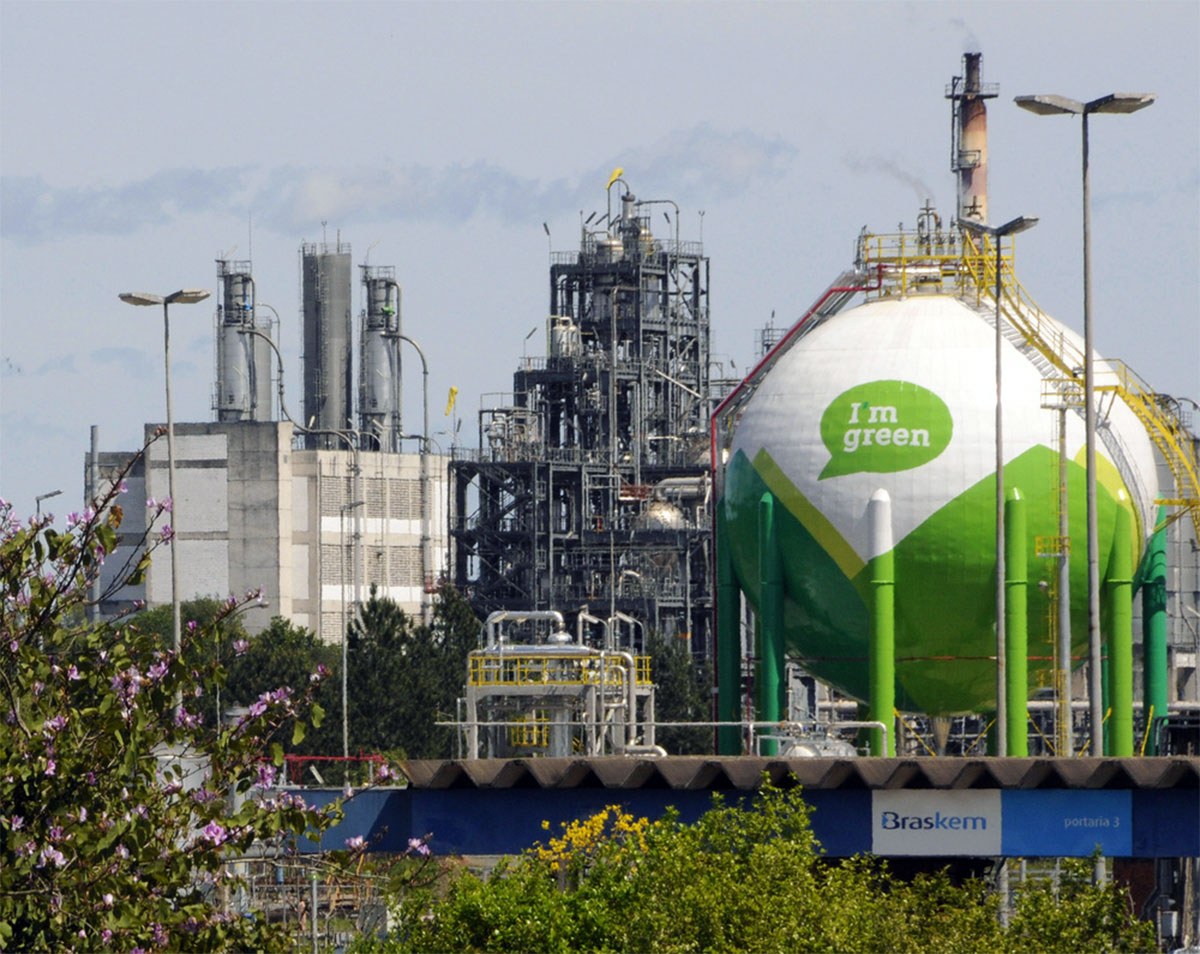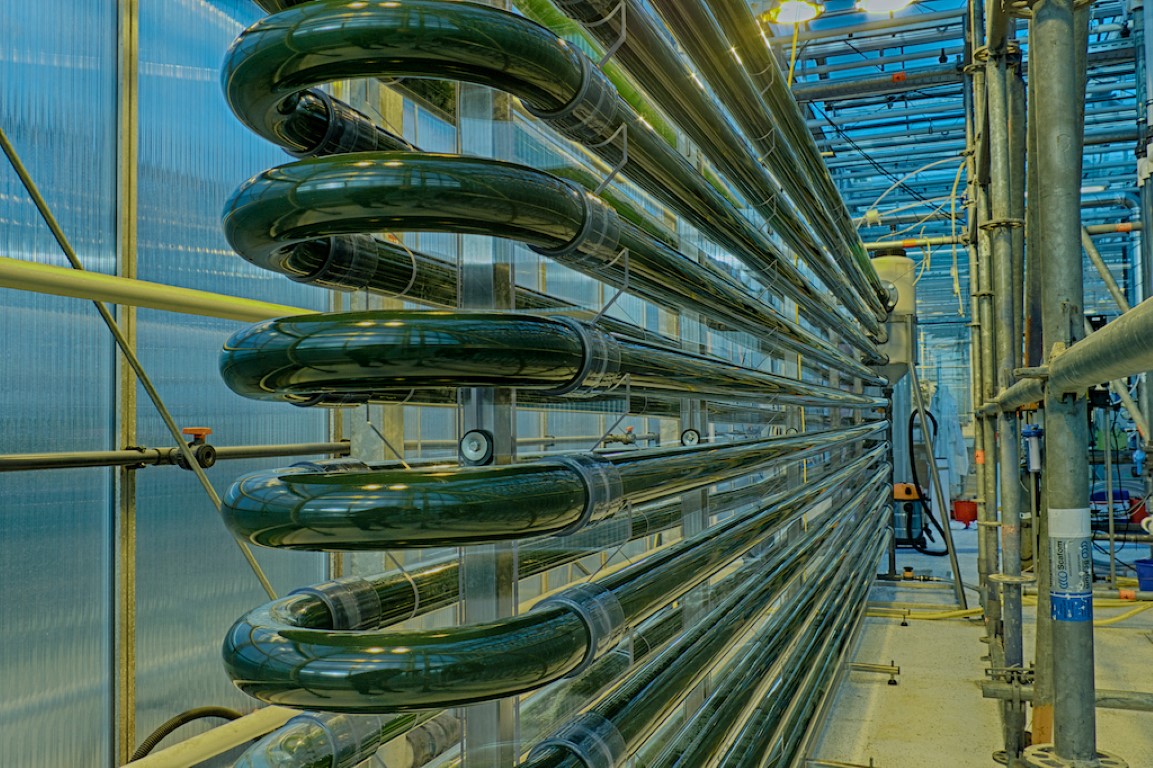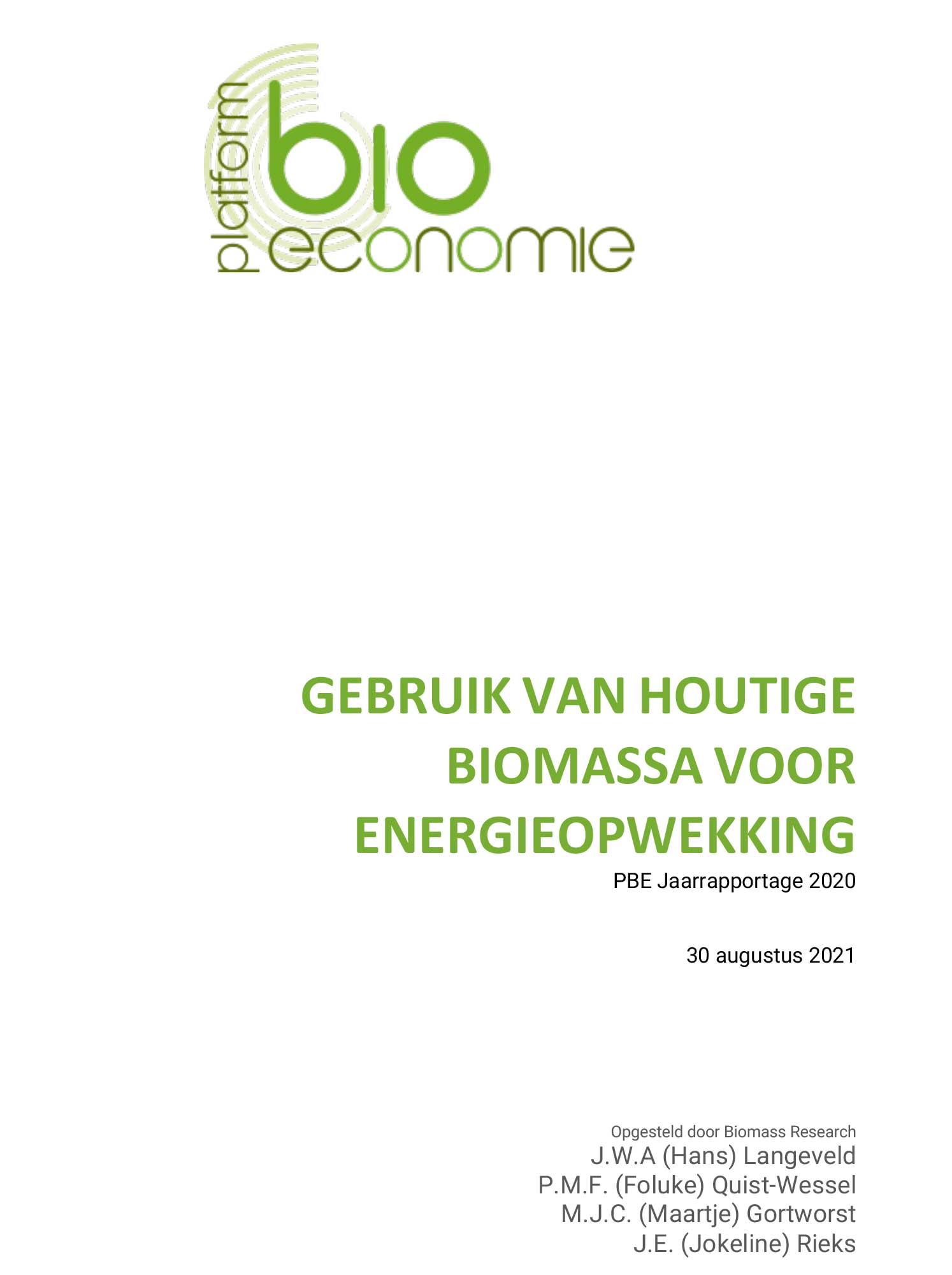This makes reliable certification schemes and tools to map the sustainability of biomass increasingly important, as became clear during the members meeting of the Platform Bio-economy (PBE) at the end of October. There is a colourful landscape of different tools and validation schemes for various subsectors. “The challenge is to connect that data across the entire value chain,” says John Bouterse, board member of PBE and involved in the development of BioGrowth Development‘s business intelligence system ROOTS.
With ROOTS, the sustainability of biomass can be traced in detail and across national borders through various KPIs, from financial return and CO2 reduction to deliverables and compliance. “Such a system is necessary to avoid the continuous discussions about the biomass chain. If we want to be successful in the biomass market, we must promote the acceptance of these raw materials among customers by creating a form of trust and awareness.” ROOTS is now being used in cooperation with governments and companies in Latin America.
However, anti-biomass sentiment in society appears to be strong and not always sensitive to facts. The PBE Annual Report 2020, for instance, showed that the use of woody biomass for energy in the Netherlands is already 77% certified sustainable. Hard figures, but they received hardly any media attention.
Societal pressure
In the meantime, manufacturers of chemicals and plastics are also noticing increasing societal pressure. In the chemical industry, there is growing attention for biobased raw materials: both drop-ins (the same chemicals as those from oil, but from biological origin) and completely new chemicals with better properties. Although drop-ins can be used more easily in existing processes and production lines, they will mainly have to compete on price. Chemicals with new, improved properties offer greater added value, but do require the modification of processes and/or installations.
Adrie Straathof, Associate Professor at TU Delft, mapped out which chemicals could be considered for this transition. He states that, in principle, all petrochemical chemicals can be replaced, but the feasibility of this depends largely on both the price of crude oil and the complexity of converting sugars into chemicals.
Known for its drop-ins is the Brazilian chemical company Braskem, which markets a complete portfolio of biopolymers under the name I’m Green Polyethylene. Ethanol made from sugar cane forms the basis for this. Technical Expert Roberto Werneck emphasised that Braskem is aiming to reduce its carbon emissions by 300,000 tonnes per year by 2025, 1,000,000 tonnes per year by 2030 and full carbon neutrality by 2050. This should be achievable by recycling more, but also by applying new biopolymers and chemicals, such as renewable EVA (which is used in sports shoes, for instance), bio-MEG (monoethylene glycol, indispensable in making PET), bio-naphtha (raw material for Braskems own crackers) and various bio-based waxes. Braskem wants to keep innovating and is looking for cooperation with other companies for this.
Bypassing the discussion
A start-up that follows its own path for greening chemistry and completely bypasses the biomass discussion is the Dutch company Photanol. It produces chemicals from sunlight and CO2, with the help of home-grown cyanobacteria. Photanol now has a demo plant at Chemiepark Delfzijl, and is about to scale up to industrial production. Jan Wery, CTO of Photanol: “In this way we contribute to the challenges of today. We reduce CO2 emissions, reduce the use of fossil raw materials, and have a major advantage over sugar-based processes, namely no food for fuels and chemicals debate, because we do not use agricultural crops. CO2 and sunlight are infinitely available. Our production is also sustainable, because it is efficient. We need little land and water. Because we are not dependent on agriculture, there is also no price volatility.”
This BUM meeting of the Bioeconomy Platform was the last one of the year. The next meeting will be on 16 March 2022. On Wednesday 15 December, there will be another Christmas drink (possibly virtual) for the donors of PBE.
See also: “If one link does not function, the chain falls apart” (article Agro&Chemistry, 28 July 2021)
This article was produced in cooperation with the Platform Bio-economy.
Image above: PremiumArt/Shutterstock







